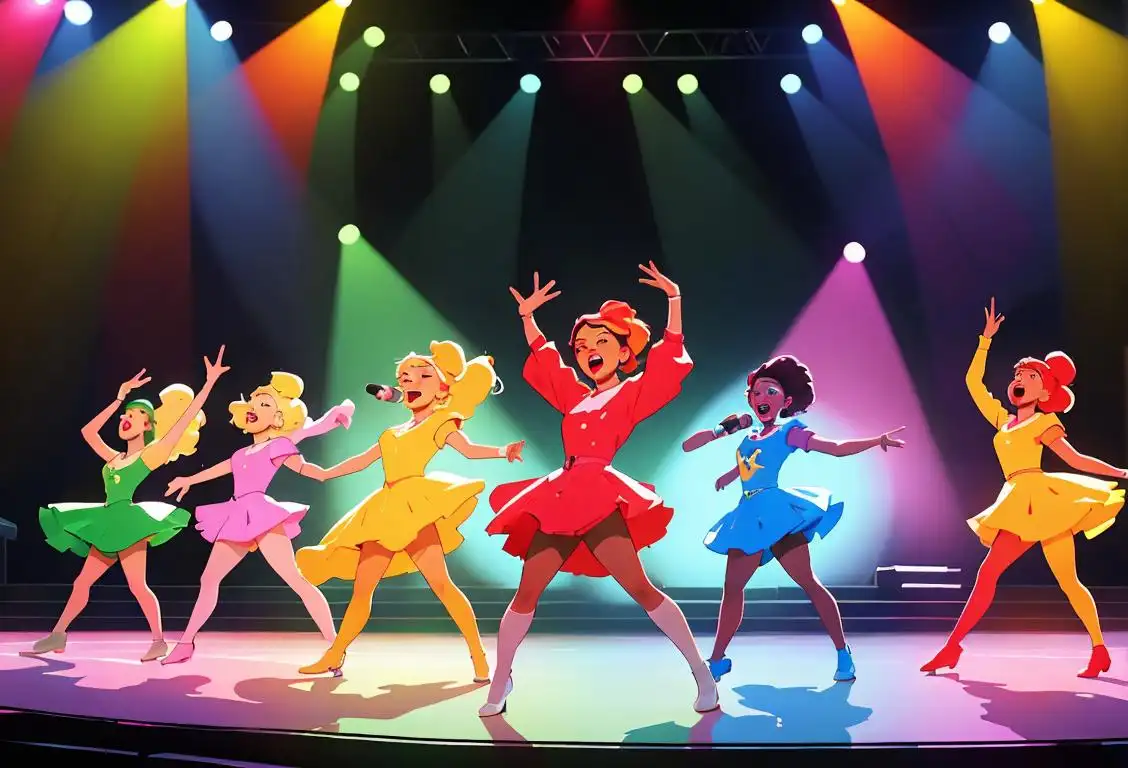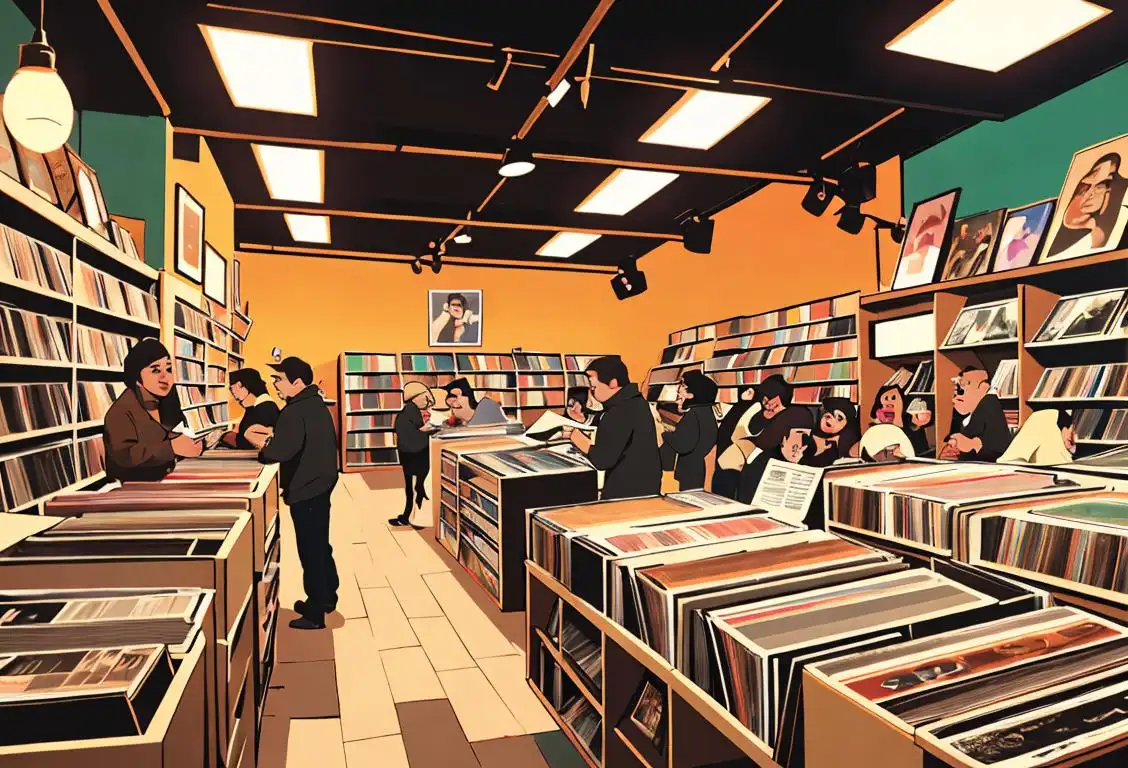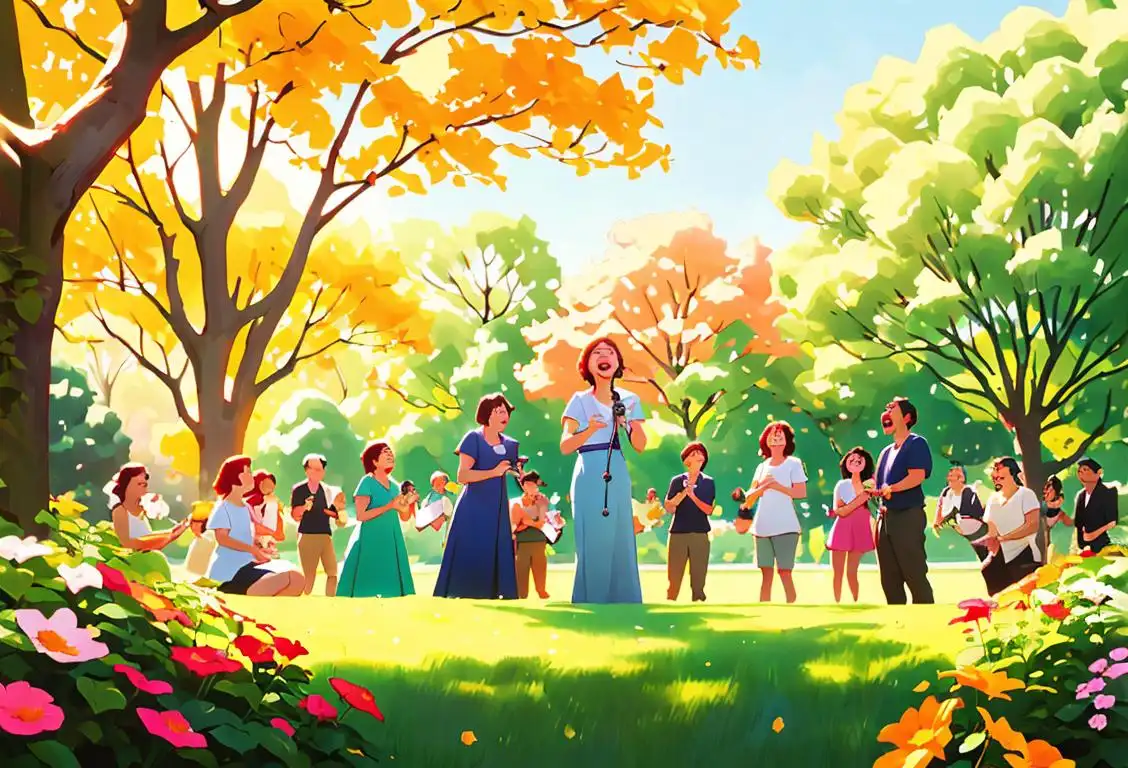National Riff Day

Get ready to rock and roll because it's National Riff Day! This day is all about celebrating those catchy guitar riffs that make our favorite songs unforgettable. So grab your air guitar, crank up the volume, and let's dive into the history of National Riff Day!
When is Riff Day?
It's national riff day on the 24th February.
The Birth of National Riff Day
It all began on February 24th, 2017, when the internet was buzzing with mentions of National Riff Day. People everywhere were sharing their favorite guitar riffs, discussing the impact of legendary musicians, and jamming out to some killer tunes.
While we don't have an official origin story for this day, we can only assume that it was created by a group of passionate music lovers who wanted to honor the art of the riff. And we couldn't be more grateful for their brilliant idea!
Rocking the Internet
The online world plays a significant role in the celebration of National Riff Day. Social media platforms explode with guitar solos, cover versions, and debates about the greatest riffs of all time. Musicians and fans alike take this opportunity to showcase their skills and share their love for this essential element of rock and roll.
From classic rock anthems to modern hits, the internet becomes a virtual stage where people come together to pay homage to the incredible power of a well-crafted riff.
Did You Know?
Did you know that one of the most famous guitar riffs of all time comes from the song 'Smoke on the Water' by Deep Purple? You know the one, 'da-da-daaa, da-da-daaa, da-da-daa...'
History behind the term 'Riff'
1880
The Birth of the Blues
In the late 19th century, African-American musicians started experimenting with a new musical style called the blues. The blues was characterized by soulful vocals and expressive guitar playing. One of the crucial elements of this style was the introduction of the 'riff,' a short melodic phrase repeated throughout the song to provide a memorable and catchy musical hook.
1930
Migrating to Jazz
During the 1930s, the blues started to influence jazz music, particularly the swing era. Jazz musicians began to incorporate bluesy riffs into their improvisations, adding a distinctive flavor to the genre. The 'riff' became a popular device for building excitement and driving the energy of jazz performances.
1950
Rocking with Riffs
In the 1950s, rock and roll was born, combining elements of blues, jazz, and country music. This new genre propelled the 'riff' into the forefront of popular music. Rock and roll guitarists like Chuck Berry and Bo Diddley relied heavily on catchy, repetitive riffs that created the signature sound of the era. The 'riff' became synonymous with the rebellious spirit of rock and roll.
1960
Expanding Boundaries in Rock
During the 1960s, rock music continued to evolve and expand its boundaries. Bands like The Beatles, The Rolling Stones, and Led Zeppelin pushed the limits of what could be achieved with a 'riff.' These iconic bands crafted intricate and innovative guitar riffs that became instantly recognizable and deeply ingrained in popular culture.
1980
Enter Heavy Metal
The 1980s witnessed the rise of heavy metal, a subgenre of rock characterized by aggressive guitar riffs and powerful vocals. Bands like Black Sabbath, Metallica, and Iron Maiden revolutionized the use of the 'riff' in metal music, creating heavy, intricate, and often dark and brooding riffs that set the tone for the genre's sound.
Present
The Everlasting Riff
Today, the 'riff' continues to play an integral role in popular music across various genres. From blues to jazz, rock to metal, and even in modern pop music, the concept of the 'riff' remains a fundamental building block of memorable and impactful compositions. It serves as a creative spark, a foundation for improvisation, and a means of expressing emotion and energy in music.
Did you know?
One of the most famous guitar riffs comes from the song 'Smoke on the Water' by Deep Purple!Tagged
fun celebration musicFirst identified
24th February 2017Most mentioned on
24th February 2017Total mentions
39Other days
Stadium Concert And Had To Add Another Day
Marching Arts Day
Music Day
Record Store Day
Giggs Day
Dogg Day
Drummer Day
Sing Out Day
Album Day
Hate On Blackpink Day









